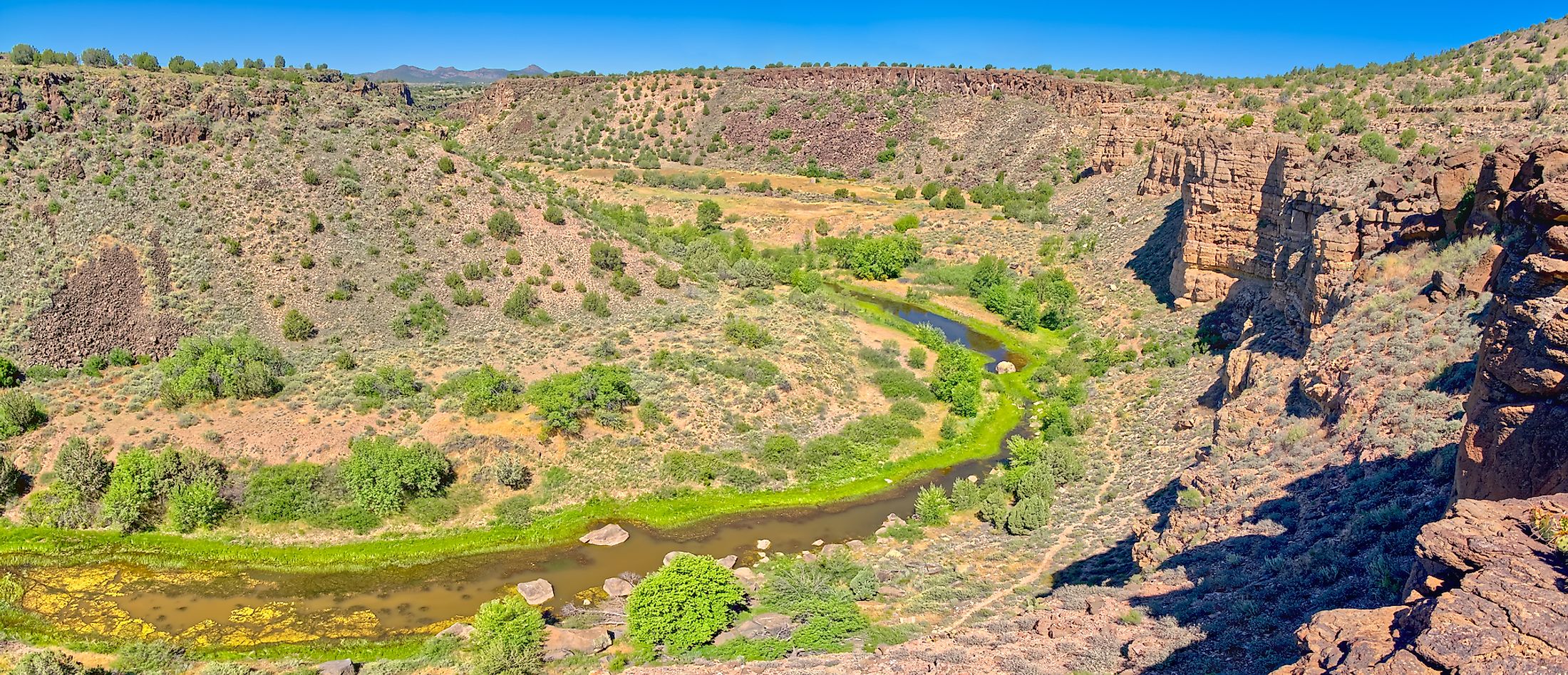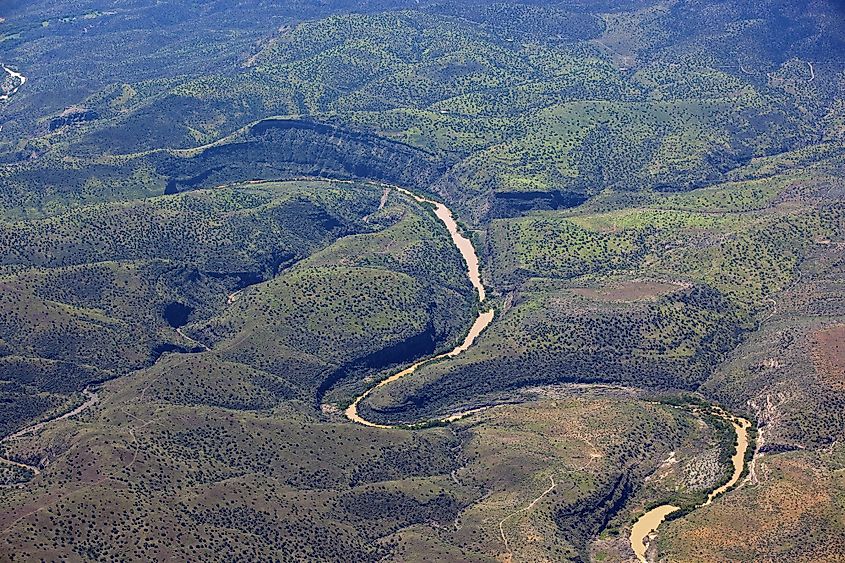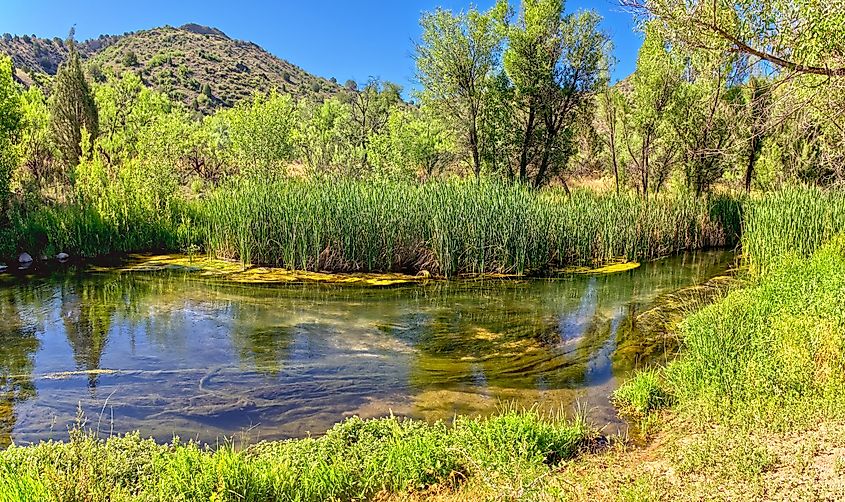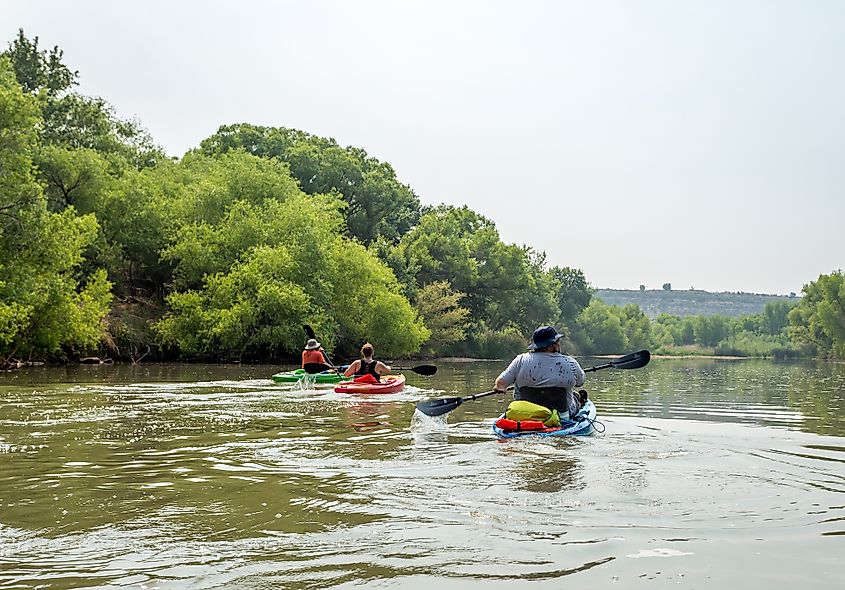
Verde River
Verde River is one of the two Wild and Scenic Rivers in Arizona and a tributary of the Salt River. It is approximately 270 kilometers long, from its source in Paulden, Yavapai County, to its confluence with the Salt River in Fountain Hills, Maricopa County. This desert stream has plenty to offer, including fish species such as trout stocked by the Arizona Game and Fish Department. The Verde is also a popular recreational river, with some stretches providing scenic boating and canoeing. The river is also an important source of water, especially for communities living downstream. The upper headwaters played a central role in the development of northern Arizona and the City of Prescott.
The Verde River is one of the few Arizona and Southwest’s perennial rivers. It is the state’s sixth-longest river, measuring 270 kilometers, and has a mean flow of 17 cubic meters per second. The river rises in the Big Chino Valley and flows through the state, federal, private, and tribal land before joining the Salt River near Fountain Hills. While most rivers in the Southwestern region originate from the mountainous region, the Verde River begins in an alluvial basin and flows entirely within Arizona. It drains an area of approximately 17,130 square kilometers in the Yavapai, Maricopa, and Gila counties. This river has several tributaries, including Sycamore Creek, Wet Beaver Creek, Oak Creek, Granite Greek, and East Verde Creek.
Course Of The Verde River

The Verde River begins to flow from an alluvial basin near a dam at Sullivan Lake in Yavapai County. The river starts near Paulden, a rural community bordering Flagstaff on the southwest. The Verde Rive springs emerge from the ground in the canyons downstream of Sullivan Lake and Big Chino Wash. The series of groundwater springs merge to form the Verde River, which flows in a southerly direction. The river’s upper reaches flow through the red-rock canyon, creating a scenic riparian area as it goes. The Upper Verde River receives the Granite Creek. This section contains native flora and fauna habitat known as the Upper Verde River Wildlife Area.
Several tributaries join the Middle Verde River, including Oak Creek, West Clear Creek, Wet Beaver Creek, and Sycamore Creek. The many tributaries flowing into the Verde River help sustain numerous plant species in the Verde Valley. “Verde” is a Spanish word for “green,” given to the river valley because of its lush green ribbons. About 65.2 kilometers of the Lower Verde River is designated as Wild and Scenic River, one of Arizona’s two Wild and Scenic Rivers. The other river with such a designation is the Fossil Creek (one of Verde’s tributaries). The river’s lower reaches flow through Tonto National Forest, tribal, state, and private lands, then meet two major dams. It first meets the Horseshoe Dam, then Bartlett Dam. Then the Verde River meets the Salt River near Fountain Hills. The Verde River contributes about 40% of the water that Salt River supplies to Phoenix annually.
Flora And Fauna In The Verde River

Parts of the Verde River flow through the US Forest Service, Tuzigoot National Monument, and Coconino and Prescott National Forests. The forests are important botanical areas that host rare plants, including Verde Valley sage, Arizona cliffrose, and Ripley wild buckwheat. Other common plants found along the river banks include willows, walnut, sycamore, box elder, cattails, and salt cedar. Invasive plant species include tamarisk and Russian olive.
The Verde River is an important part of the Colorado River basin and a critical route for migratory birds. It is also an important home for several species, including reptiles, fish, amphibians, and nesting bald eagles. Vertebrates living along the river include North American beavers, great blue herons, belted kingfishers, otters, Sonoran mud turtles, gray fox, jackrabbits, coyote, javelina, bobcat, and mountain lion. At least 27 fish species are found in the Verde River, including flathead catfish, carp, roundtail chub, desert sucker, Sonora sucker, and red shiner.
Recreational Activities

Besides being a critical habitat for important flora and fauna, the Verde River is also a popular destination for recreational activities. Several people visit the river to float in kayaks and rafts. The Mazatzal Wilderness and the scenic valley are particularly popular for kayaking, boating, rafting, and other water sports. Sportfishing is also an important activity along the stream, especially above Camp Verde. The fishable water above Camp Verde is approximately 110 kilometers and contains several species, including largemouth bass, sunfish, redeye bass, channel catfish, and rainbow trout, among other species.











